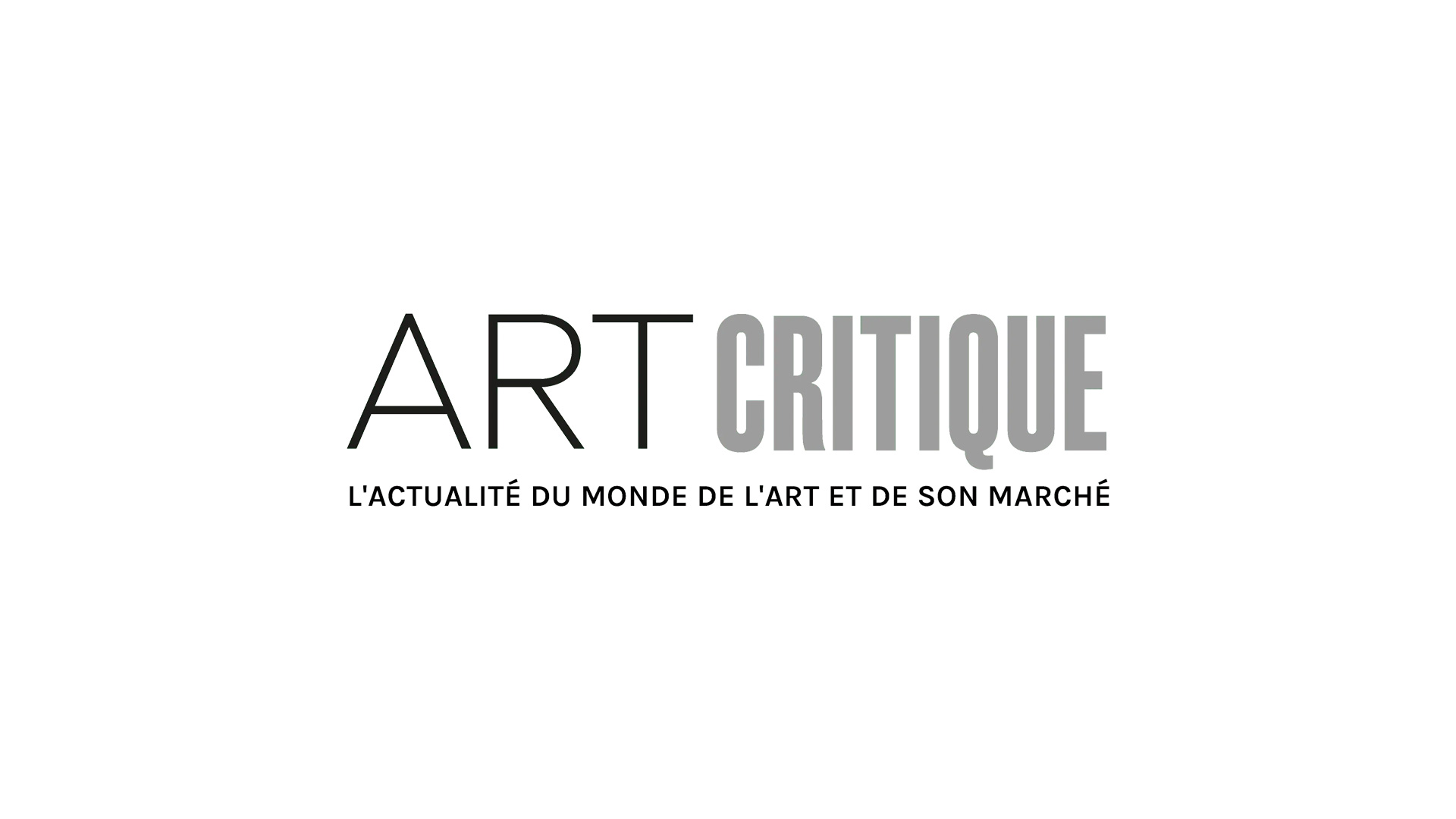Jean-Paul Marchesci returns to Toulouse for an ambitious exhibit hosted by the Paul-Dupuy Museum that seems a bit like a retrospective. He “returns” because the artist still maintains close ties with the southern mainland; in addition to creating temporary sets for the Ballet du Capitole, he also designed the “Milky Way” which has served as the vaulted ceiling of the “Carmes” metro station for the past 10 years. For Marcheschi, this simple topographic name brought to mind The Dark Night of the Soul, a poem which was the source of inspiration for the project. His approach was to create a sophisticated San Juan piece in the metro. Marcheschi’s art appeals to a wide public but does not give in to the temptation for simplicity. Writers certainly recognize his talent and the list of all those who have written on, for and with Marheschi is impressive. They include Jacqueline Risset, an expert on Dante and Danteology, Jacques Roubaud, Dominique Noguez, Gabriel Matzneff, and especially Pascal Quignard, probably his closest friend, who all see the artist as “a modern Benvenuto Cellini”. Quignard, the dreamer of night and dawn of Short Treatises could only recognize himself in the nights populated with torches and beacons and could only revel in an absolute disregard for fads and trends. As François Barré eloquently notes, “Marcheschi is not the stream, he is the river”.
In this genesis, there is a point of doubt; at the beginning there was darkness but the resemblance to Soulages ends there. Marcheschi’s darkness is endlessly crossed and zig-zagged. It is the place of the light, of emergence. Just as its origin is still a mystery, the technical influences of Marcheschi’s creations also remain largely mysterious; we know that he works with torches, that fire, soot, and wax are a fundamental part of his process, but the modus operandi is so unusual that it can only be partially represented. That’s just as well; the images emerge, arising from a studio that we imagine might look a bit like the Vulcan’s forge, and their obviousness becomes apparent.

If the artist intended to show “the dark rays of the universe”, then he joins the very long line of those facilitating interaction between the macrocosm and microcosm. In these cosmic panoramas, we discern both a world and an eye. One of his most recent pieces is titled “The Bottom of the Universe”—and in this case the bottom of the universe also relates to the back of the eye. But what is striking about Marcheschi is the ongoing association between the image in its visual proximity and the Verb. From this perspective, the piece is theological, since it explores the potential, suggested but not exhausted by two millennia of Christianity, between Veil of Veronica and the embodiment of the Verb. At the convergence of the image and the Verb, there is the Book, which for Marcheschi, is perfectly fulfilled by the Commedia. The words then engrave themselves in the material until they are flooded by beaches, like huge billboards for the film “Love Bites”.
The irony of the story is that these “bites” are clear pieces, as clear as the “heavens”. The dark does not always have the last word with Marcheschi. It is the place of all geneses and all apocalypses. But through its heart filters a golden ray; that of “the love that moves the sun and the other stars”.

Jean-Paul Marcheschi : The Star Alphabet – Paul-Dupuy Museum, Toulouse – until March 31, 2019. The exhibit is accompanied by a beautiful album published by éditions Art 3 Plessis (26 e.)






